Discovering the Attractive Qualities of Shinagawa!
One Hundred Scenes of Shinagawa—A Special Feature on Parks
“One Hundred Scenes of Shinagawa” were selected by city residents.
The many parks in Shinagawa City serve as oases for city residents. They also play important roles in disaster prevention and protecting the living environment. In this issue, we spotlight the parks featured in “One Hundred Scenes of Shinagawa.”
Shinagawa-kumin Park
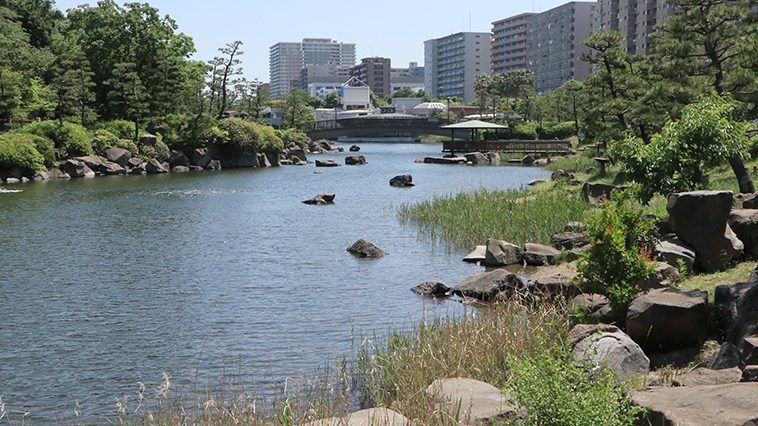 |
| |
(3-2 Katsushima)
This municipal park was constructed by reclaiming the Katsushima Canal. Opened in 1987, Shinagawa-kumin Park offers Sakura-no-Hiroba, Sports-no-Hiroba, Katsushima Sea—a 10,000-square-meter manmade pond filled with seawater—and Shinagawa Aquarium. There is a row of 300 pine trees, and many people visit the park to see its 130 Japanese plum trees and 400 cherry trees.
|
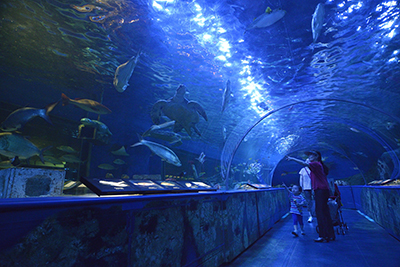 |
Nemunoki-no-niwa Garden
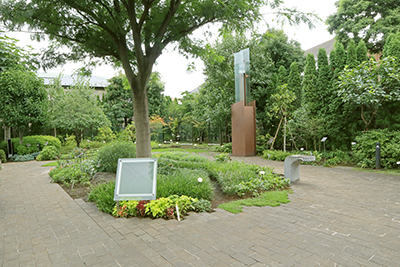 |
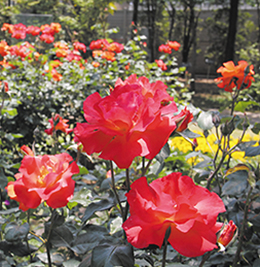 |
| |
|
(5-19 Higashi-Gotanda)
Shinagawa City made the former Shoda residence of Her Majesty the Empress Michiko’s parents’ house into a municipal park called Nemunoki-no-niwa Garden. This park is named after the Empress’s high school age poem “Lullaby of Nemunoki.” In the park, there is a tree related to the Empress and flowers mentioned in the poem. Nemunoki-no-niwa Garden features a lot of rose called “Princess Michiko” which is quite popular. Flowers bloom during the spring and autumn.
Hours: 9:00 a.m. to 5:00 p.m.
Fee: Free of charge |
Omori Shell Mounds Garden
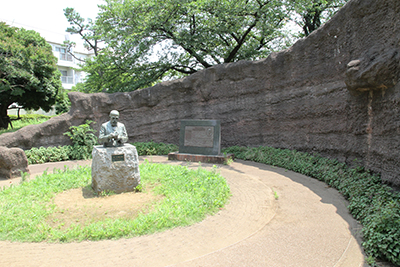 |
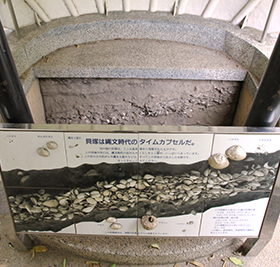 |
| |
|
(6-21 Oi)
In 1877, Dr. Edward Sylvester Morse, an American zoologist, discovered and excavated, and it is currently in place as an Omori Shell Mounds Garden. The area can be said to be the birthplace of Japanese archaeology, and this famous location is explained in Japanese textbooks. To commemorate the achievement of its discoverer, there is a bust of Dr. Morse. An exhibition facility displays the shell mound excavated there, and also features a space where you can learn about the ancient Jomon Period of Japan (about 15,000–2,300 years ago). The park can be used for children’s learning and also serves as an oasis for community residents.
Hours: 9:00 a.m. to 5:00 p.m. (to 6:00 p.m. in July and August, and 4:00 p.m. between November and February)
|
Bunko-no-mori Park
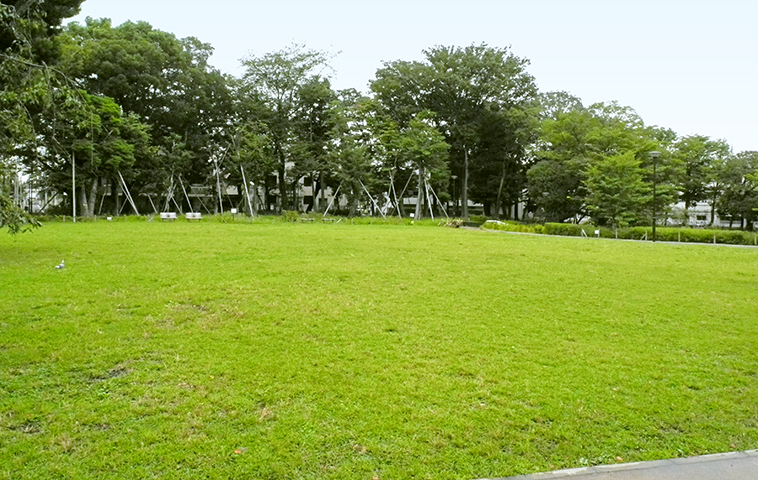 |
| |
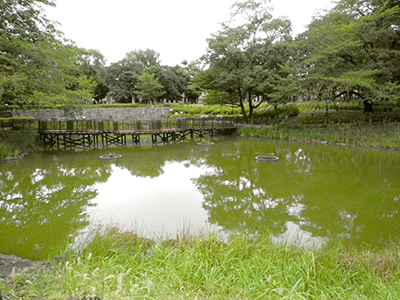 |
(1-16 Yutakacho)
Bunko-no-mori Park was constructed on the former site of the National Institute of Japanese Literature. The old Mitsui Bunko (Mitsui Library), a valuable structure dating back to the Taisho Period (1912–26), remains in a corner of the park. Togoshi Park and this area were both originally part of the Hosokawa clan’s residence. There are a lot of cherry blossoms and other trees in the park, as well as a pond, and the surroundings are great for a leisurely walk. Hidamari-no-Hiroba (large open space area), Komorebi-no-Hiroba (area covered with wood chips) and Ikoi-no-Hiroba (grassy green area) are full of natural greenery, and you can relax on the grassy lawn or on a bench. |
|









